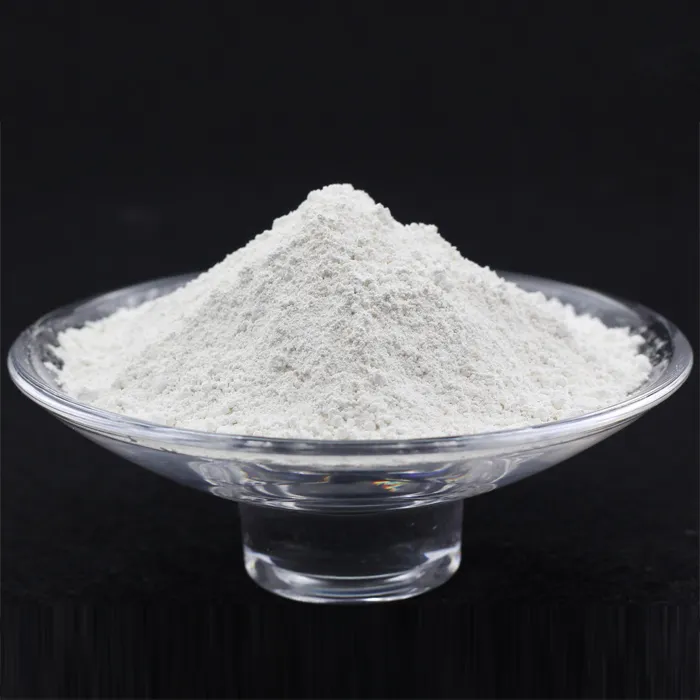

A growing awareness surrounding potential allergens and intolerances associated with pharmaceutical excipients has spurred the industry towards more personalized medicine. Certain excipients like lactose, gluten, or artificial dyes could trigger adverse reactions in sensitive individuals. Acknowledging this, pharmaceutical companies are pivoting towards hypoallergenic formulations, catering to a wider demographic and embodying a patient-centric approach. Considering the pivotal role of pharmaceutical ingredients, healthcare professionals are increasingly advocating for informed patient participation. Knowledgeable discussions regarding ingredients can enhance compliance and therapeutic outcomes. For instance, patients with specific dietary restrictions should be cognizant of excipient content to avoid compromising their health. Therefore, transparency and education regarding pharmaceutical ingredients foster an informed patient community, enhancing trust and relational dynamics between healthcare providers and patients. The role of technological innovations cannot be overlooked in advancing ingredient transparency and efficacy. Novel analytical techniques like High-Performance Liquid Chromatography (HPLC) and Mass Spectrometry have heightened the precision of ingredient analysis, ensuring consistency and purity in drug formulations. Additionally, digital platforms provide unprecedented access to ingredient databases, equipping consumers and healthcare professionals with timely information regarding pharmaceutical products. Amidst technological and scientific advancements, the collaboration between academia, industry, and regulatory bodies is crucial in spearheading research and development of safer, more effective pharmaceutical ingredients. Concerted efforts in researching alternative excipients and sustainable manufacturing practices are integral in progressing towards environmentally responsible and patient-friendly pharmaceutical products. As the pharmaceutical landscape continues its dynamic evolution, embracing an open dialogue about ingredients is more critical than ever. This dialogue ensures that both stakeholders and consumers are aligned in their quest for efficacy, safety, and trustworthiness in pharmaceutical products. By prioritizing this discourse, the pharmaceutical industry not only enhances its products but also strengthens its foundational commitment to advancing public health.

